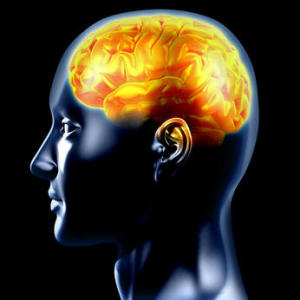
人的脑部(图)
最近格拉德斯通研究所的科学家们发现了一种新奇的方法,它能使人皮肤细胞转变为脑细胞。
这一成果发表在最新一期的Cell Stem Cell杂志上。文中Ding博士首次提供了详细的如何高效将成人皮肤细胞转变为能够传导脑信号的神经细胞的方法。
格拉德斯通研究所神经研究小组的Lennart Mucke说道:“这项发现为患有神经组织退化疾病的病人带来了治愈的希望,如著名的帕金森综合症和亨廷顿病。Ding博士的下一项研究将着重于研发治疗这些疾病的新药物。”
Ding博士在实验中使用了两个基因和一个microRNA将一个来源于55岁妇女的皮肤细胞直接转变成了脑细胞。这些转换来的脑细胞细胞能成功的交换电脉冲,这对于交流想法和感情是必须。使用microRNA来重构细胞比起通常使用的基因修饰要更加安全且效率很高。在后续的实验中,Ding博士希望联用药物和microRNA来将皮肤细胞转变成脑细胞,这将比现在的方法效率更高。
Ding博士说道:“这项研究中使用的方法能避免我们进行任何的基因修饰,它在方法学上是一个重要的突破。”
胚胎干细胞被广泛认为是全能型细胞,在用于研发再生型药物和修复受损组织器官上有着巨大的应用前景。许多科学家们认为这种细胞是未来治疗多种疾病的关键,如心脏病和糖尿病。但是这种细胞的使用在世界范围内广受争议,这也是为什么该研究小组选择了用人皮肤细胞来进行研究。
生物探索推荐英文论文原文摘要:
Direct Reprogramming of Adult Human Fibroblasts to Functional Neurons under Defined Conditions.
Human induced pluripotent stem cells (hiPSCs) have been generated by reprogramming a number of different somatic cell types using a variety of approaches. In addition, direct reprogramming of mature cells from one lineage to another has emerged recently as an alternative strategy for generating cell types of interest. Here we show that a combination of a microRNA (miR-124) and two transcription factors (MYT1L and BRN2) is sufficient to directly reprogram postnatal and adult human primary dermal fibroblasts (mesoderm) to functional neurons (ectoderm) under precisely defined conditions. These human induced neurons (hiNs) exhibit typical neuronal morphology and marker gene expression, fire action potentials, and produce functional synapses between each other. Our findings have major implications for cell-replacement strategies in neurodegenerative diseases, disease modeling, and neural developmental studies.







